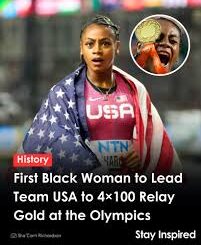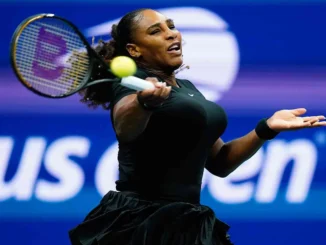Soccer is a team sport played by a team of 11 players against another team of 11 players on a field (uncategorized).
The team has one designated goalkeeper and 10 outfield players. Outfield players are usually specialised in attacking or defending or both. A team is typically split into defenders, midfielders and forwards, though there is no restriction on players moving anywhere on the pitch.
It is known as soccer in North America, but is called football in most of the rest of the world. Its full name is Association Football.
We bring to you all the latest soccer news (uncategorized), match previews and reviews, as well as international transfer news from clubs around the world. Update 24/7.









